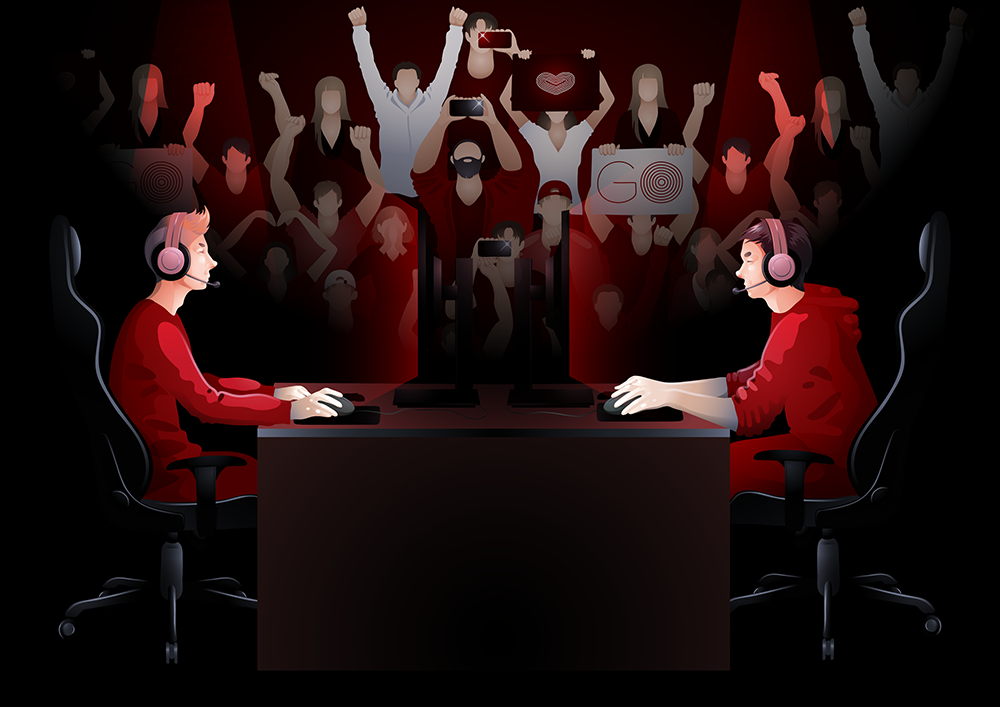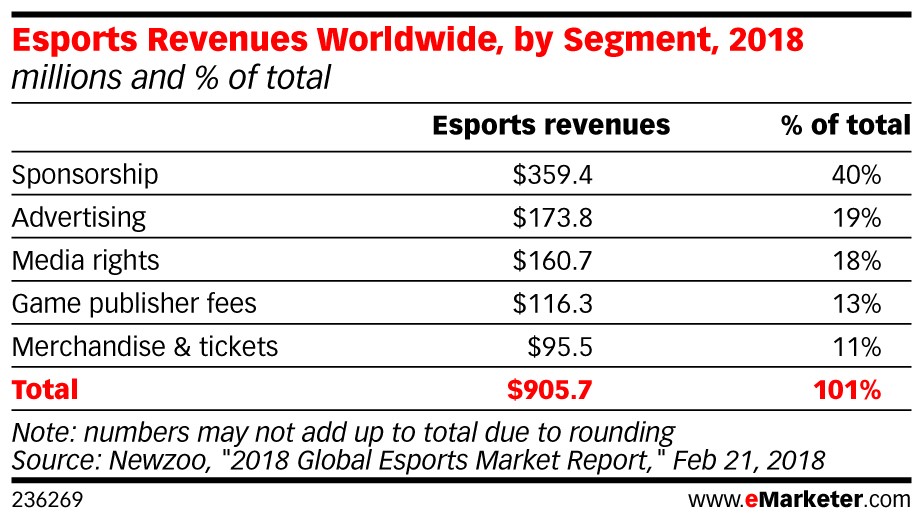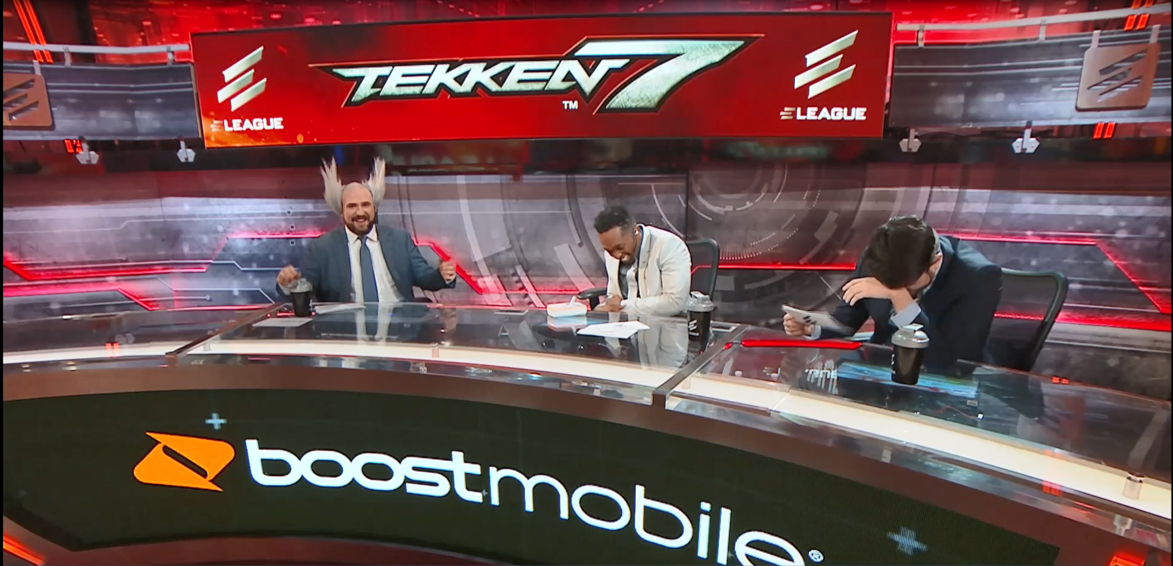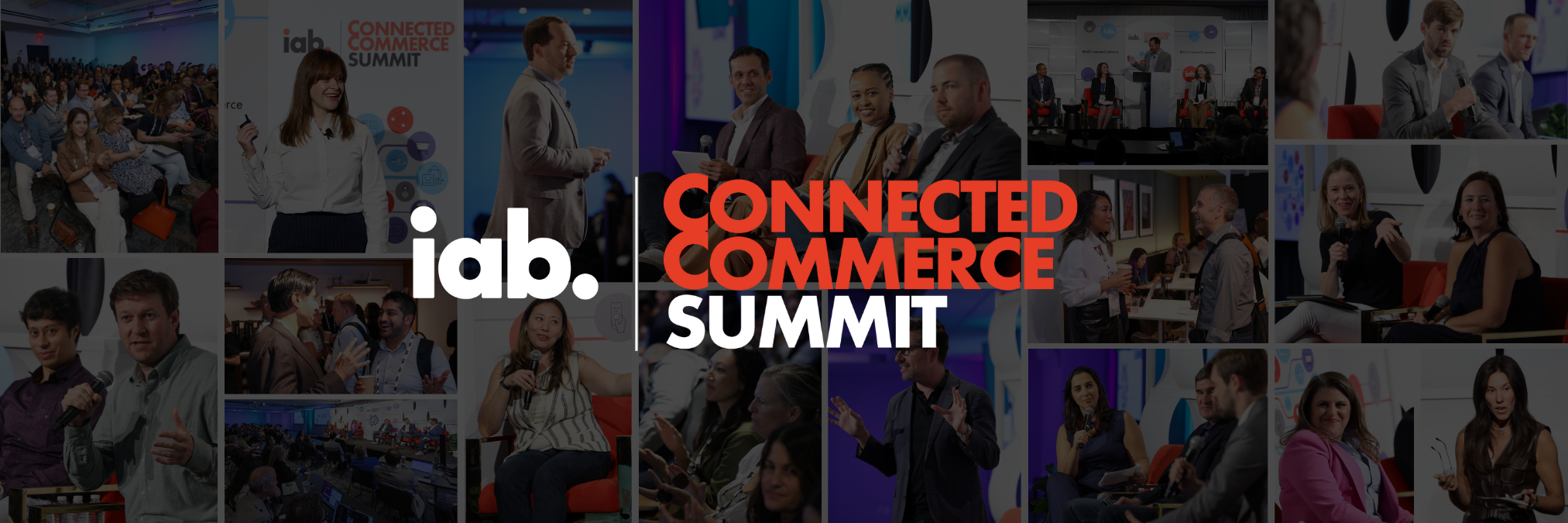What do cooking shows, makeup tutorials, and esports have in common? While that may sound like the start of a bad joke, these types of content categories do have something in common: passionate fan bases that make attractive audiences for marketers.
Despite its explosive growth in the past few years, there are still some who will scratch their head when they hear “esports” and wonder why people would choose to spend their time watching others play video games.
However, to some, it may also seem odd that people watch others cook… when they don’t get to eat the food afterwards.
There are two reasons why audiences are drawn to watching cooking programs and esports competitions:
- People enjoy watching experts doing something they excel at.
- Audiences like to learn tips and tricks from those experts that they can then apply themselves.
Given our roles at Activision Blizzard, NFL, and Turner, we believe in the power of esports, its millennial, digitally-native audience, and the opportunity it provides marketers. However, we also know there are still questions in the marketplace regarding what esports is and how marketers can get involved.
As a result, we were excited to partner with the IAB as co-chairs of their Esports Working Group to help develop a concise “Marketer’s Guide to Esports.” This two-page guide defines esports, details the benefits and current challenges associated with the space, and provides best practices for marketers along with a landscape of the esports players.
Growth of Esports & Marketer Benefits
At its simplest level, esports can be defined as competitive video gaming. Individuals and teams play in video game competitions that span numerous gaming genres.
What started out as a niche phenomenon of friends gathering in one another’s homes to play video games has evolved into an official network of pro tournaments and leagues with sponsored teams, international reach, and prize pools of millions of dollars.
In fact, the global esports audience will surpass 380 million people in 2018 and is expected to increase by nearly half in 2021, to reach more than 557 million people.
Global esports revenue is also significant with PwC placing it in the high $500 millions for 2018 and NewZoo placing it at $906 million in 2018. Sponsorships, by far, comprise the largest share of that revenue. (Source: Newzoo, 2018 Global Esports Market Report and PwC, Global entertainment and media outlook 2017 to 2021).
Not only is the esports audience growing, but, as referenced earlier, the audience exhibits attractive traits that are becoming progressively harder to reach through traditional media channels.
First, with its predominantly digital distribution, esports provides a way for marketers to reach an audience that is increasingly comprised of cord-cutters and cord-nevers.
Second, the esports audience remains solidly millennial and Gen Z. In the US, 75% are between the ages of 18 to 34 – with an average age of 25 (Source: Nielsen Esport Fan Insights).
Lastly, studies show that the esports audience is passionate, diverse, affluent, and open to brand involvement in the space.
How to get in the game: Don’t overcomplicate it
So how can marketers get in the game and reach this audience? Our biggest piece of advice would be to not overcomplicate it. In many ways, getting involved with esports does not have to be drastically different than getting involved with a traditional sports marketing opportunity.
One of the initial challenges with esports was that it had many independent leagues and teams and the structures of these organizations were often shifting. However, more structure is being put in place.
For example, Activision Blizzard’s Overwatch League has a city-based franchise system where each owner purchases a permanent team in the league – which is similar to the structure of traditional sports leagues. With this familiar structure, many traditional sports teams have fully bought into the promise of esports. The Met’s COO, Jeff Wilpon, owns the New York Excelsior Overwatch League team, and in the League of Legends Championship Series (which is also operated under a franchise model), the Cleveland Cavaliers own a team called 100 Thieves. The NFL also fully committed itself to the esports Madden NFL Club Championship, which will have involvement from all 32 NFL teams.
Just as with traditional sports, there are many different marketing opportunities. Marketers can choose to partner with a league, team, player, etc. Then typical marketing decisions can be made, such as campaign size, length, timing, and what the actual components of the campaign will be.
There are many methods for a marketer to access the esports audience in a way that feels authentic and relevant.
For example, with Turner’s ELEAGUE, HyperX created custom content highlighting players wearing their headsets; the US Air Force sponsored special segments that showcase the players’ favorite maps from the popular “Counter-Strike: Global Offensive” game; and Boost Mobile, as the first official wireless partner of ELEAGUE, has its own initiatives that include custom brand integrations, sponsorship integration on the ELEAGUE caster deck, and more. This creates a value exchange that the very discerning esports audience can actually get excited about, rather than simply cluttering the experience. The esports landscape on the second page of the guide also highlights some these partnership opportunities for marketers.
Source: Turner
Conclusion
We hope that this guide helps to demystify the esports space and empower marketers that are interested in reaching a millennial, digitally-native, passionate audience to get in the game with esports.
Read the Marketer’s Guide to Esports






